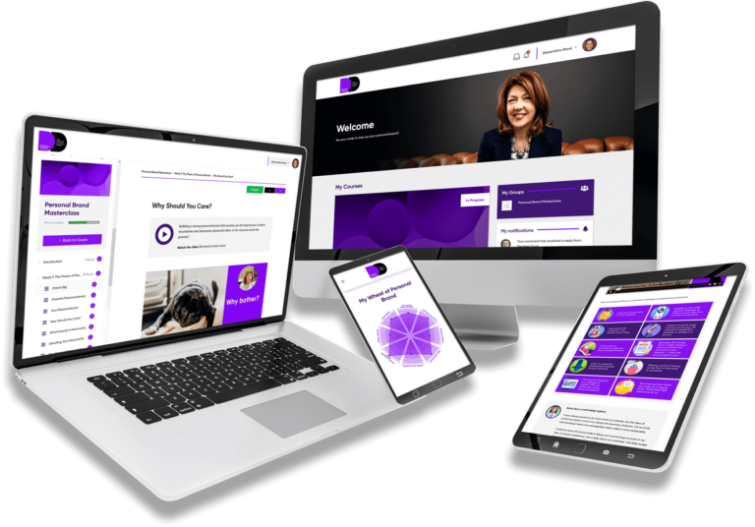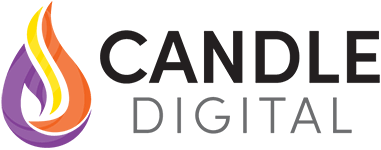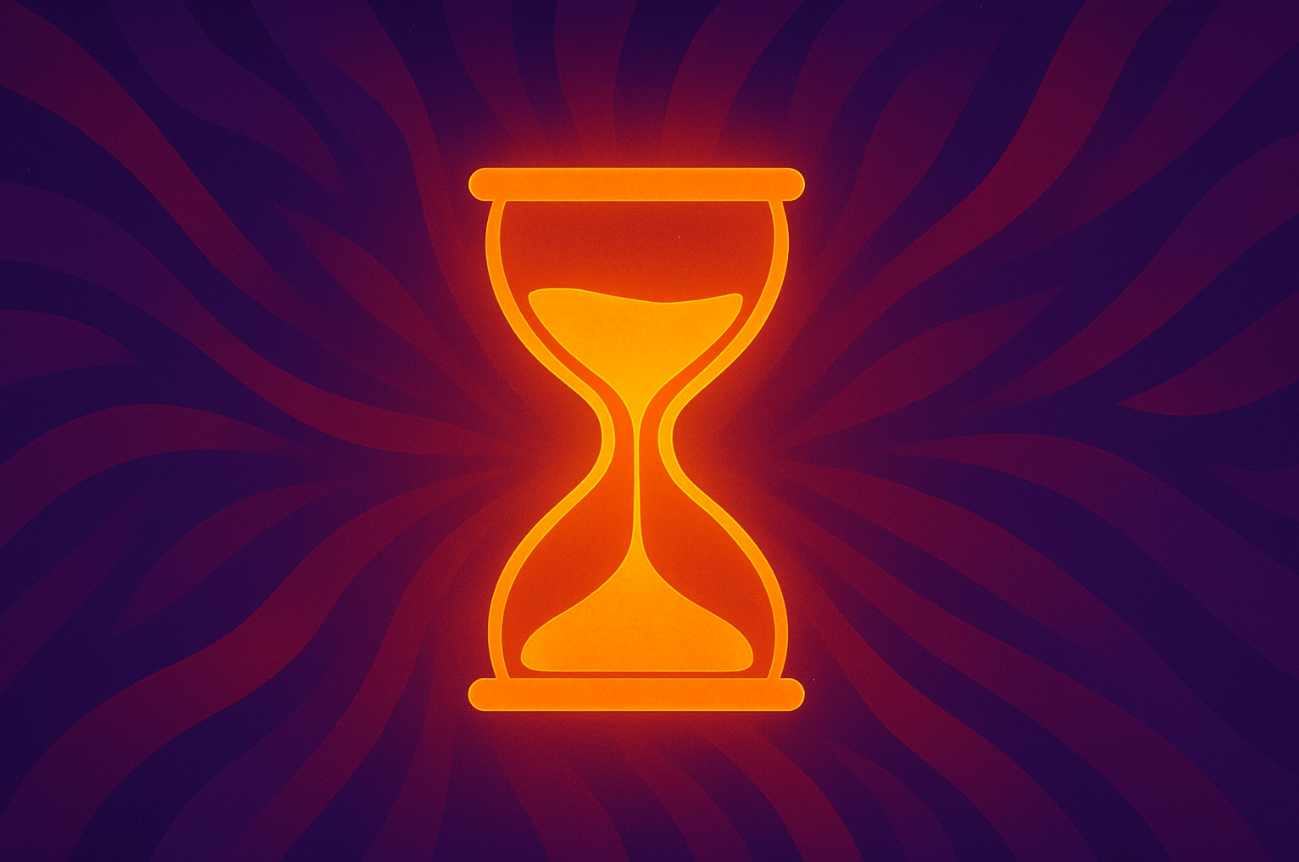Sat Nav or Map: Which Style Suits Your Clients?

Subject experts tend to have do two different approaches at their disposal when they are assisting their clients.
The first approach aims to get the client to their desired transformation as quickly as possible. This is the ‘sat nav‘ approach.
You provide turn-by-turn instructions, with some course-correction on the way, and in turn they get to their destination as quickly as possible.
The second is the ‘map‘ approach. You give the client a broad view, lay out the key landmarks (and hazards) and let them figure out the best route themselves.
It may take them longer to reach their destination, but they’ve developed useful navigation skills (and likely made far more mistakes) that they can use to inform future journeys.
So which approach should you choose?
The Sat Nav Approach: Speed and Clarity but at What Cost?
This approach offers clear, structured guidance that removes uncertainty.
Clients get to their goal faster with fewer wrong turns.
They know exactly what to do at each stage and can trust they are on the right track.
The downside is that they may become dependent on your expertise. Without your input, they might struggle to move forward on their own.
The sat nav approach is useful when there is little room for error or when speed is a priority, but it can limit a client’s ability to problem-solve and adapt without you.
A business coach who provides a step-by-step strategy for scaling a company is a good example.
The client follows a clear framework for growth, but if the coach is no longer there, they may struggle to adjust their approach when circumstances change.
The Map Approach: Slower, Riskier, but More Empowering
With this approach, clients must think for themselves, make decisions, and learn from mistakes. They might take longer to reach their destination, but they build resilience and independence.
They gain a deeper understanding of the journey and are better equipped for future challenges.
The downside is that too much ambiguity can lead to frustration, confusion, or even giving up. A poorly designed map might leave someone lost rather than empowered.
A mentor who encourages problem-solving rather than giving answers follows this approach. They provide the big picture and key principles but let the client navigate the details on their own.
Which One Is Right for Your Clients?
What does your client truly want? Quick wins, or long-term capability?
What is the context? In a high-stakes scenario, a sat nav might be essential. If the goal is long-term growth, a map might be better.
What do you want for your clients? Do you want to be essential to them in the future, or do you want them to succeed independently? What would be the most fulfilling outcome for you?
These are all considerations for your next gig.
The next time you design a learning experience, mentor a client, or run a coaching session, ask yourself:
Does this person or team need a sat nav to get them there quickly? Or a map so they can learn to find their own way?
How do I need to adapt my approach given this decision?
(P.S. Of course it needn’t be a binary decision. You can provide a structured pathway and encourage independent decision-making at key points. But you may find it useful to consider what will be the more dominate approach in your design.)
Fresh Insights Direct to Your Inbox
Enjoyed this article?
Join the Candle Digital Mailing List
You Have Proven Expertise.
Now Scale It.









